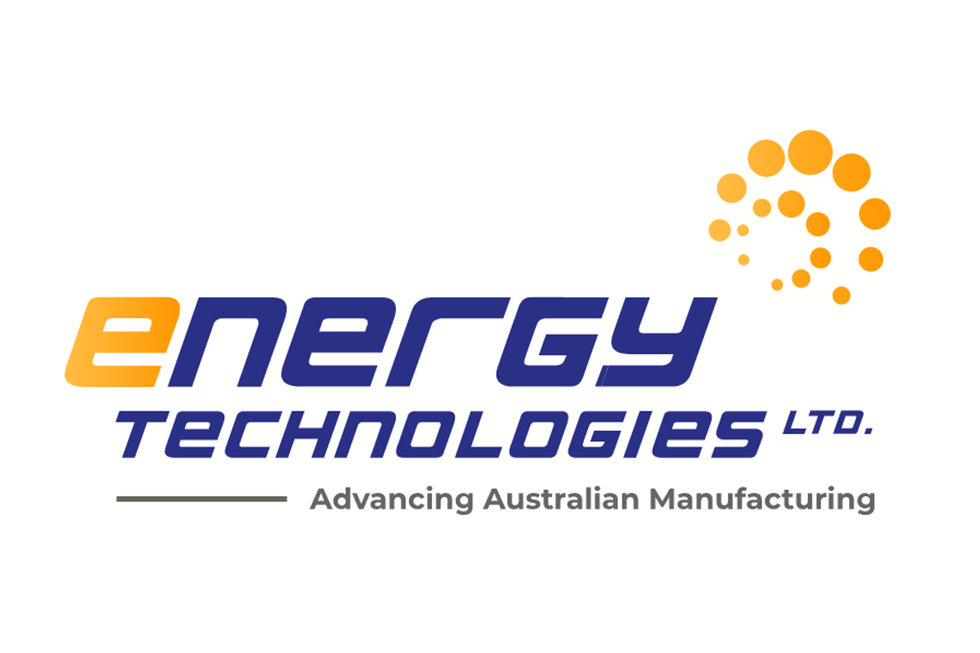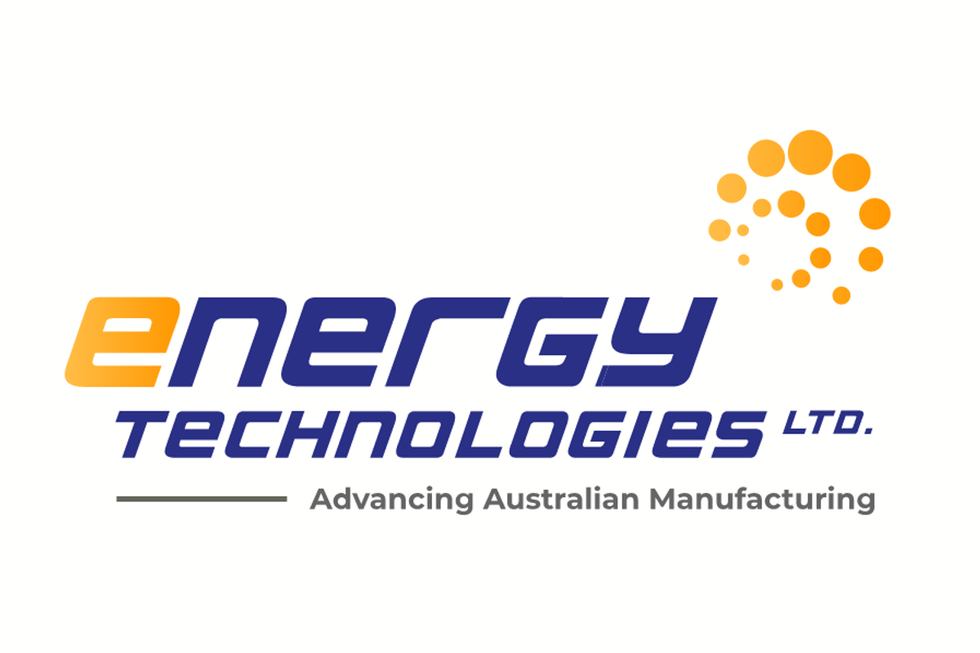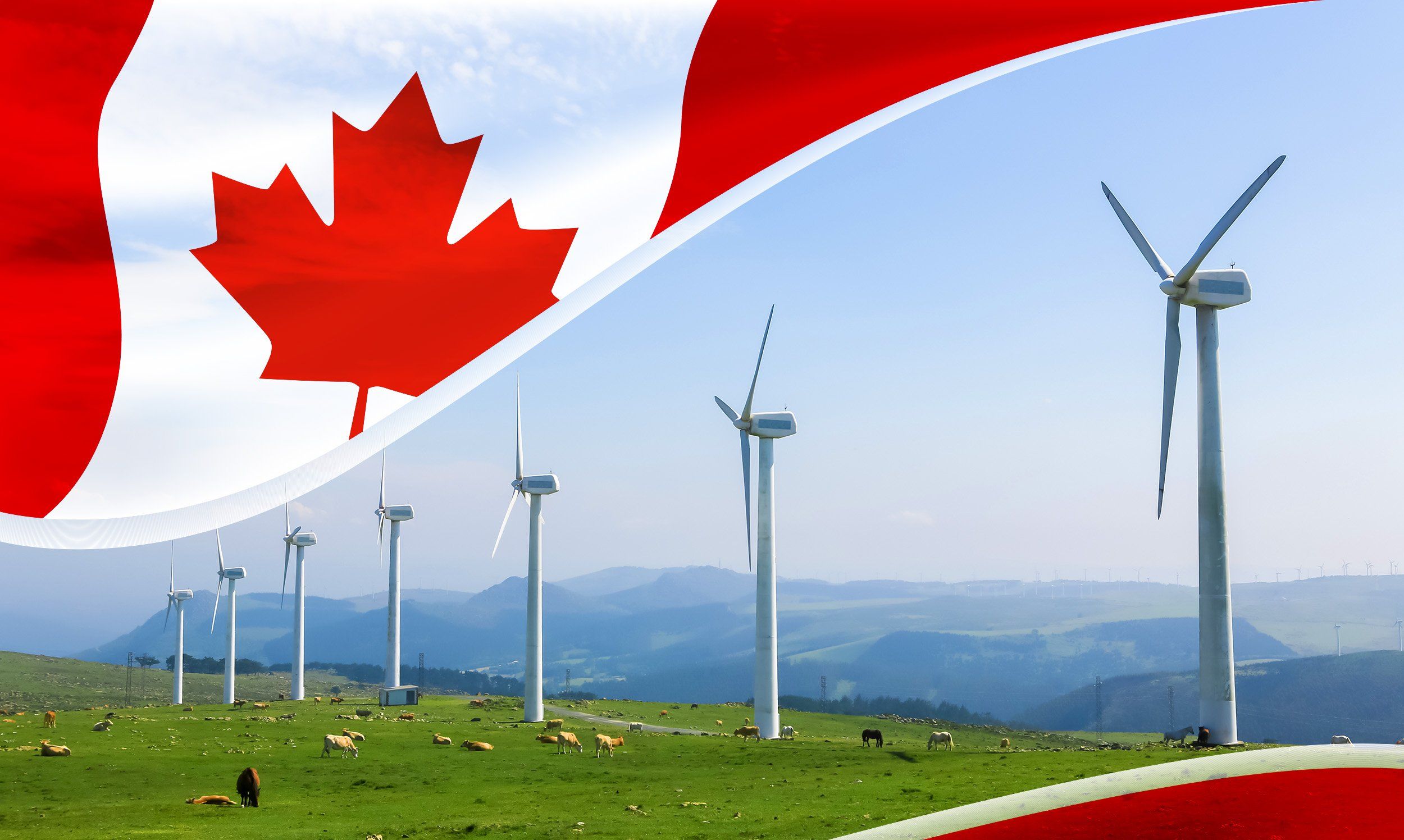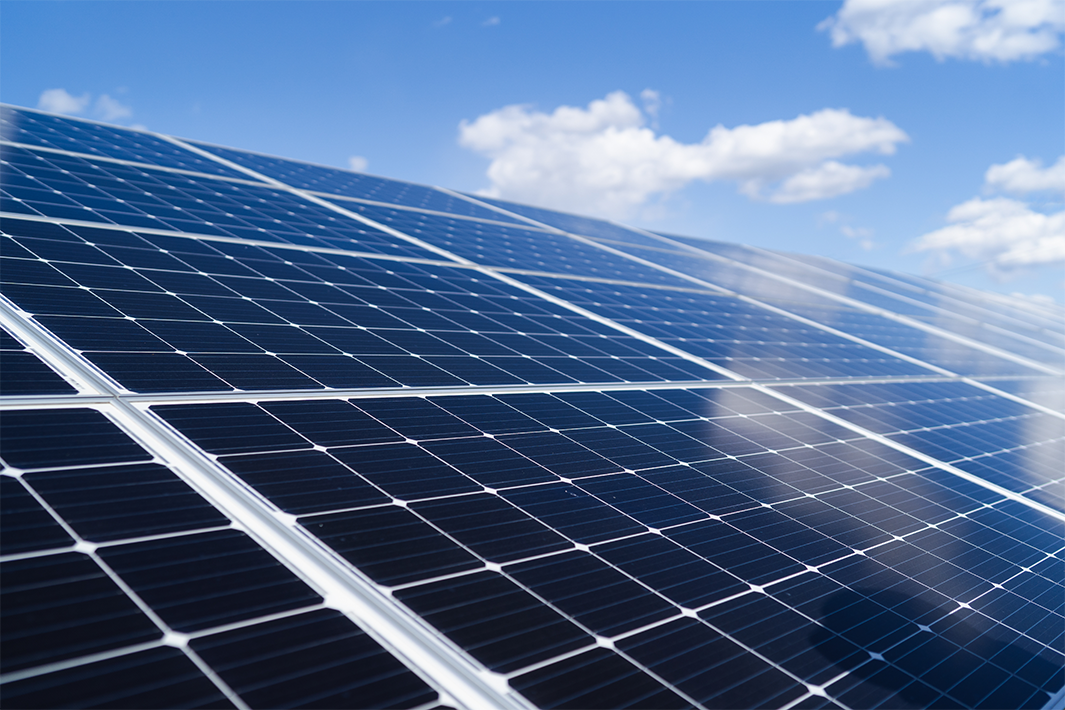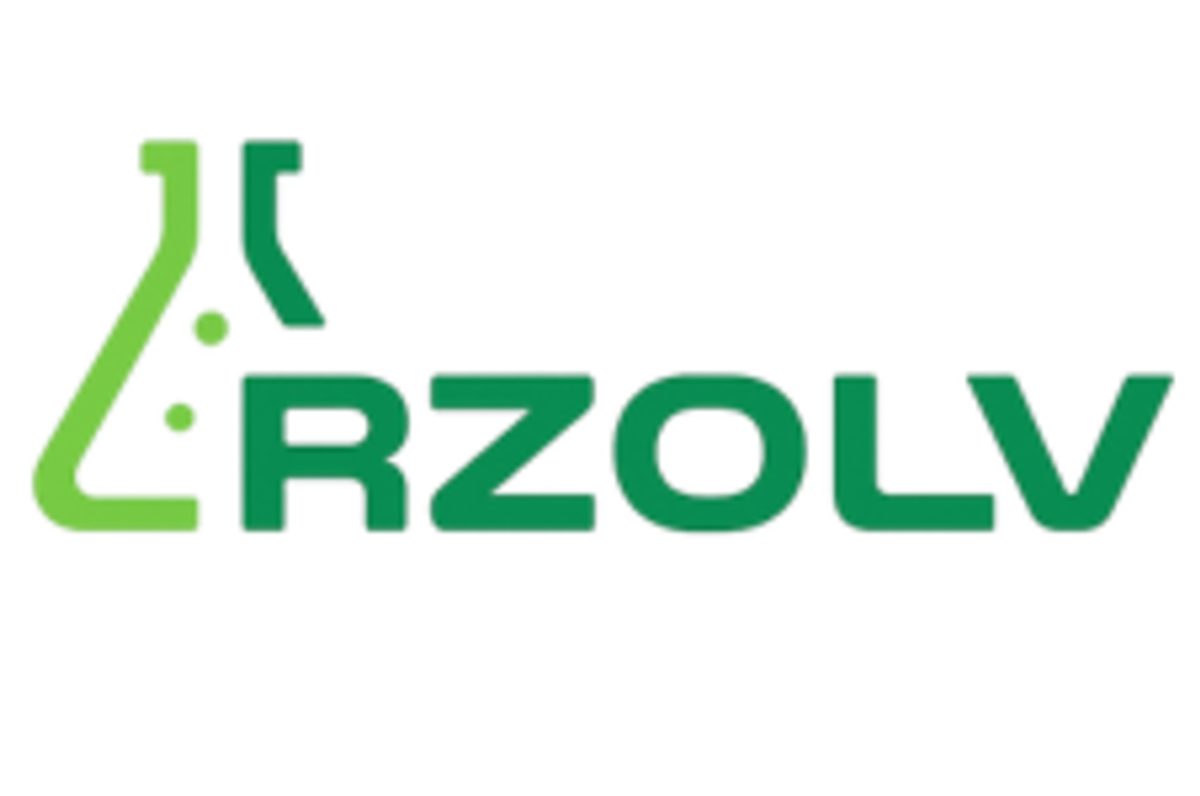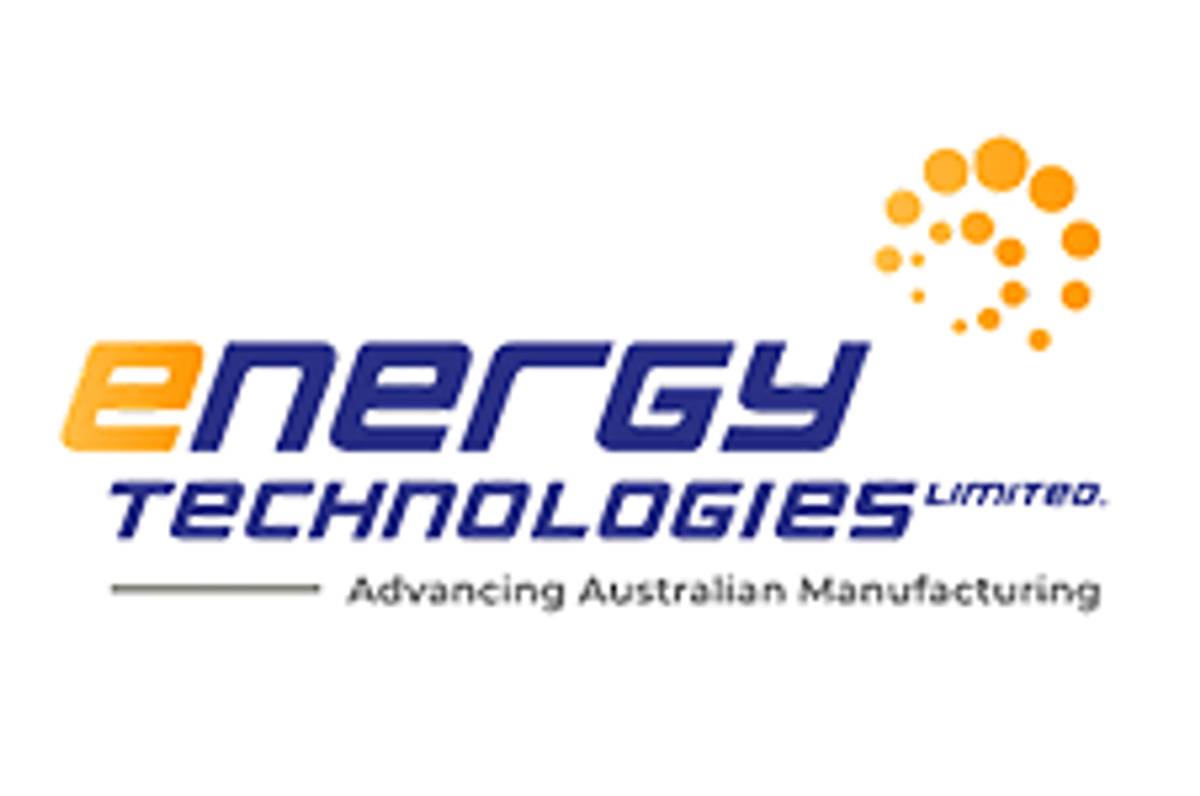
November 29, 2024
Energy Technologies (ASX:EGY) CEO Nick Cousins shared that the company is refocusing its business strategy, focusing on the burgeoning renewable energy sector in Australia.
"We're looking at what is essentially a new business," said Cousins in an interview with the Investing News Network, highlighting the fundamental shift to capitalise on tailwinds supporting renewable energy initiatives.
Watch the full interview with Nick Cousins, CEO of Energy Technologies.
Disclaimer: This interview is sponsored by Energy Technologies (ASX:EGY). This interview provides information which was sourced by the Investing News Network (INN) and approved by Energy Technologies in order to help investors learn more about the company. Energy Technologies is a client of INN. The company’s campaign fees pay for INN to create and update this interview.
INN does not provide investment advice and the information on this profile should not be considered a recommendation to buy or sell any security. INN does not endorse or recommend the business, products, services or securities of any company profiled.
The information contained here is for information purposes only and is not to be construed as an offer or solicitation for the sale or purchase of securities. Readers should conduct their own research for all information publicly available concerning the company. Prior to making any investment decision, it is recommended that readers consult directly with Energy Technologies and seek advice from a qualified investment advisor.
This interview may contain forward-looking statements including but not limited to comments regarding the timing and content of upcoming work programs, receipt of property titles, etc. Forward-looking statements address future events and conditions and therefore involve inherent risks and uncertainties. Actual results may differ materially from those currently anticipated in such statements. The issuer relies upon litigation protection for forward-looking statements. Investing in companies comes with uncertainties as market values can fluctuate.
EGY:AUEGY:AU

Sign up to get your FREE
Energy Technologies Investor Kit
and hear about exciting investment opportunities.
- Corporate info
- Insights
- Growth strategies
- Upcoming projects
GET YOUR FREE INVESTOR KIT
The Conversation (0)
02 December 2024
Energy Technologies
High-quality cable manufacturer and re-seller for the expanding energy and infrastructure markets
High-quality cable manufacturer and re-seller for the expanding energy and infrastructure markets Keep Reading...
30 October
Appendix 4C and Cover Ltr qtr ending 30 Sep 2025
Energy Technologies (EGY:AU) has announced Appendix 4C and Cover Ltr qtr ending 30 Sep 2025Download the PDF here. Keep Reading...
28 August
EGY Appendix 4E
Energy Technologies (EGY:AU) has announced EGY Appendix 4EDownload the PDF here. Keep Reading...
31 July
Appendix 4C and Cover Ltr qtr ending 30 June 2025
Energy Technologies (EGY:AU) has announced Appendix 4C and Cover Ltr qtr ending 30 June 2025Download the PDF here. Keep Reading...
30 April
Appendix 4C and Cover Ltr qtr ending 31 March 2025
Energy Technologies (EGY:AU) has announced Appendix 4C and Cover Ltr qtr ending 31 March 2025Download the PDF here. Keep Reading...
19 December
5 Best-performing Canadian Cleantech Stocks of 2025
As the world races to meet rising power demand driven by artificial intelligence (AI) and advanced computing, cleantech is stepping into a new era of opportunity. Developing and scaling innovative energy technologies has never been more accessible or cost-efficient, thanks to breakthroughs in... Keep Reading...
17 December
Cleantech Market Forecast: Top Trends for Cleantech in 2026
After a year marked by policy changes and trade uncertainty, experts are calling for cleantech investment to be dominated by artificial intelligence (AI) energy demand in the first quarter of 2026.The COP30 conference, held in Belém, Brazil, this past November, was marked by cautious optimism... Keep Reading...
16 December
Disrupting the Gold Standard: Eyeing Cyanide-free Alternatives in Resource Extraction
In a $2 billion cyanide market that underpins global gold extraction, a seismic shift is underway as environmental concerns and evolving investment standards push the industry towards safer, more sustainable alternatives. For over a century, cyanide has been the gold standard in mining, driven... Keep Reading...
15 December
Silica Investing: How Processing Bottlenecks Create Breakthrough Opportunities
As one of its most abundant minerals, the world has no shortage of silica. The challenge — and more importantly, the value — lies in making it pure enough for the technologies that will define the global energy transition.Innovations in cleaner and more efficient high-purity (HPQ) silica... Keep Reading...
11 December
RZOLV Technologies Appoints Mary Ellen Thorburn to the Board of Directors; Announces the Retirement of Darryl Yea
Rzolv Technologies Inc. (TSXV: RZL) (the "Company" or "RZOLV") is pleased to announce the appointment of Ms. Mary Ellen Thorburn to the Company's Board of Directors, effective December 15, 2025."On behalf of the Board of Directors, I am pleased to welcome Mary Ellen to the RZOLV team," said... Keep Reading...
09 December
Investing Insight: Why CNG is the Next Scalable Step in Cleaner Heavy-duty Transport
As global decarbonization ambitions collide with real-world economics, compressed natural gas (CNG) is quietly reasserting itself as a pragmatic, low-emission solution for heavy-duty trucking. Amid rising diesel costs, tightening emissions rules and infrastructure and economic constraints that... Keep Reading...
Latest News

Sign up to get your FREE
Energy Technologies Investor Kit
and hear about exciting investment opportunities.
- Corporate info
- Insights
- Growth strategies
- Upcoming projects
GET YOUR FREE INVESTOR KIT
Interactive Chart
Latest Press Releases
Related News
TOP STOCKS
American Battery4.030.24
Aion Therapeutic0.10-0.01
Cybin Corp2.140.00
